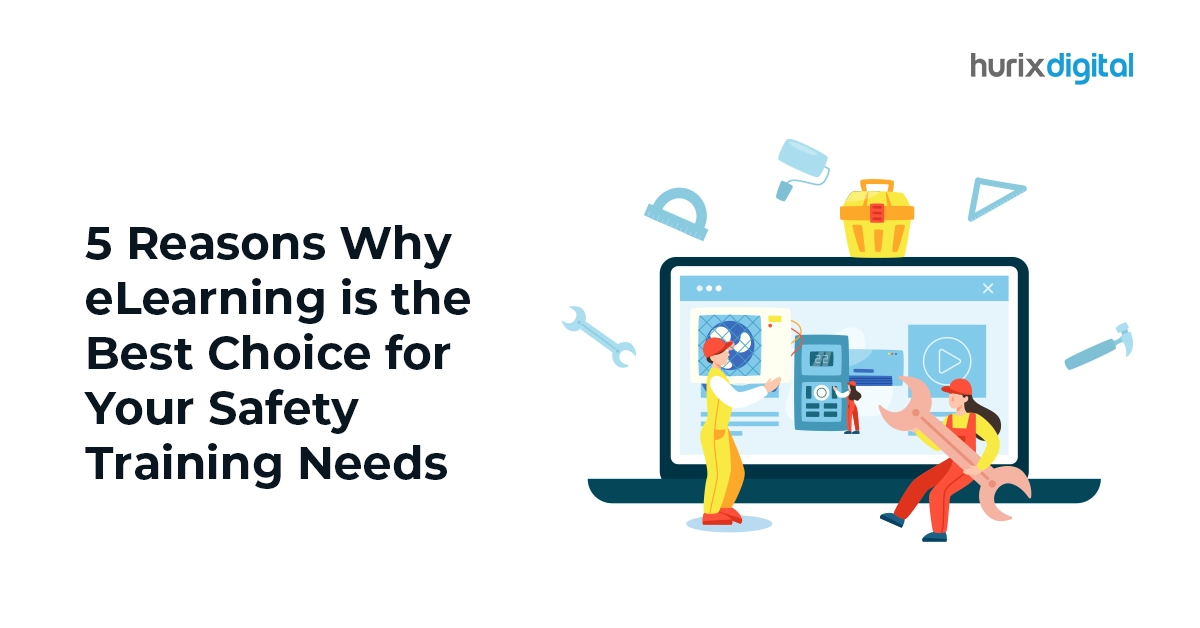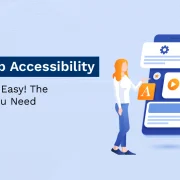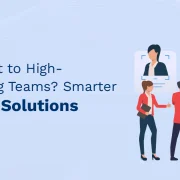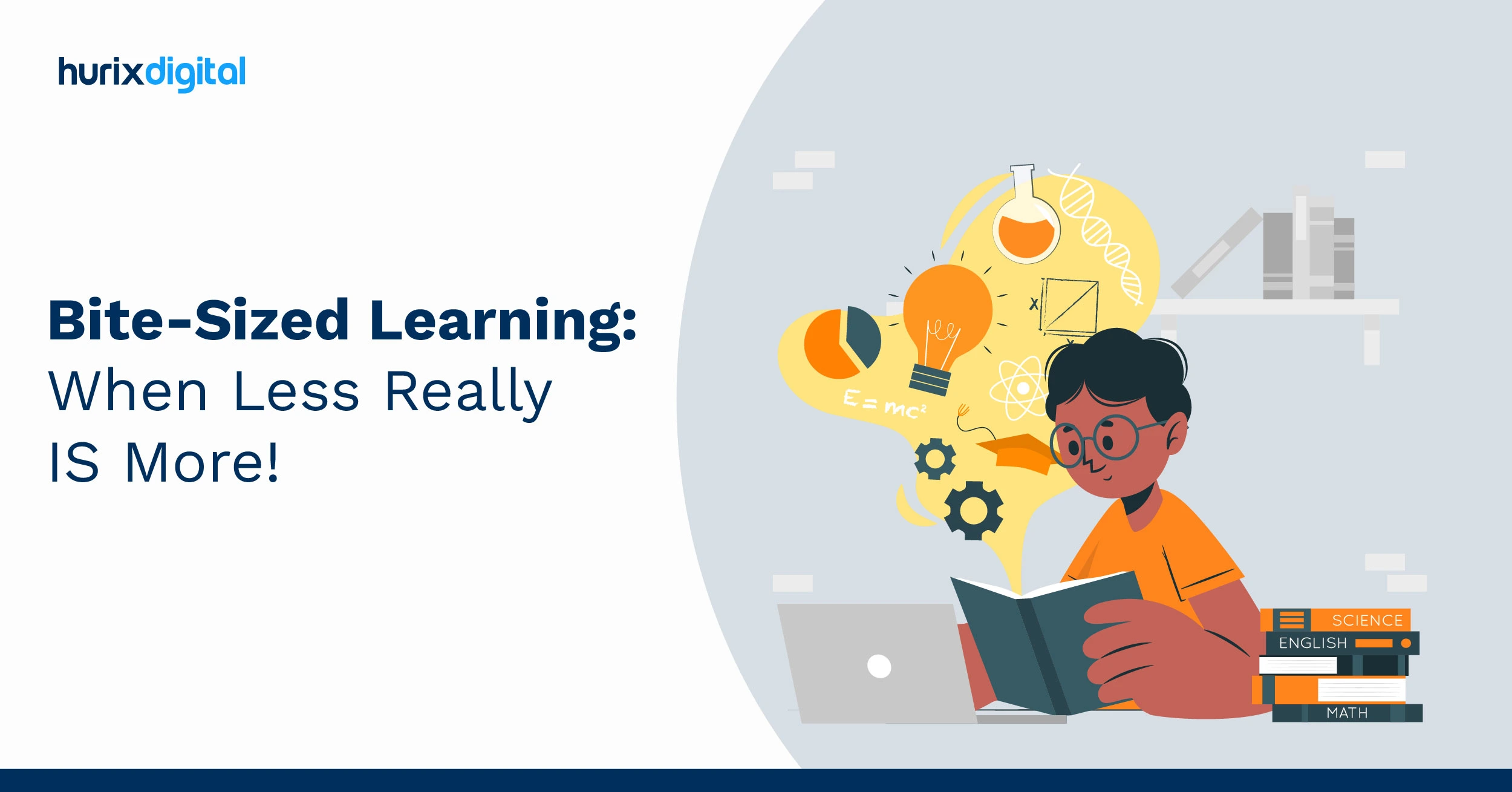
Bite-Sized Learning When Less Really IS More!
Learning doesn’t have to be a daunting task. Yet, traditional learning methods feel like a marathon that never seems to end. Your employees may not have the time or energy to commit to a long, drawn-out course.
A recent study indicated that the average attention span of humans in the digital era has shrunk to just 8.25 seconds.
Bite-sized learning is thus the perfect way to break up big chunks of information into smaller, more manageable pieces that can easily be digested.
Those who have developed a habit of shifting across multiple screens tend to get distracted more easily. For instance, if an internet user has a laptop and two smartphones, they will likely be juggling three screens at any given moment.
Diminishing attention spans have made it challenging for learners to engage for extended periods. This is where bite-sized learning or micro-learning has revolutionized the learning process, mirroring evolving learner behavior. It refers to the breaking down of digital or eLearning content into smaller, consumable chunks, which can be absorbed within minutes and sometimes seconds.
In this blog, we delve into the relevance of bite-sized learning in today’s world, its impact on learning outcomes, and how eLearning companies can incorporate it into their learning strategy.
Table of Contents:
- What Exactly is Bite-Sized Learning?
- Top 4 Trends Triggering Bite-Sized Learning
- Top 4 Benefits of Bite-Sized Learning
- Top 6 Use Cases of Bite-Sized Learning
- Conclusion
What Exactly is Bite-Sized Learning?
Given a choice, would you prefer micro modules of information or large, text-heavy PDFs to gain new skills and knowledge? The choice is clear.
Bite-sized content pieces allow learners to absorb information before they lose interest or attention. Moreover, they are able to retain and apply their newfound knowledge to practical areas of their life.
This is why bite-sized learning is also known as real-time learning. Not surprisingly, it is 17% more impactful than traditional learning. Moreover, research indicates that bite-sized learning has a retention rate of 70-90%.
It can be delivered in various formats, including videos, interactive quizzes, infographics, games, etc.
Top 4 Trends Triggering Bite-Sized Learning
It is important to understand the relevance of bite-sized learning before putting it into practice. Here is a snapshot of consumer lifestyle changes that are nudging more learners to adopt bite-sized learning:
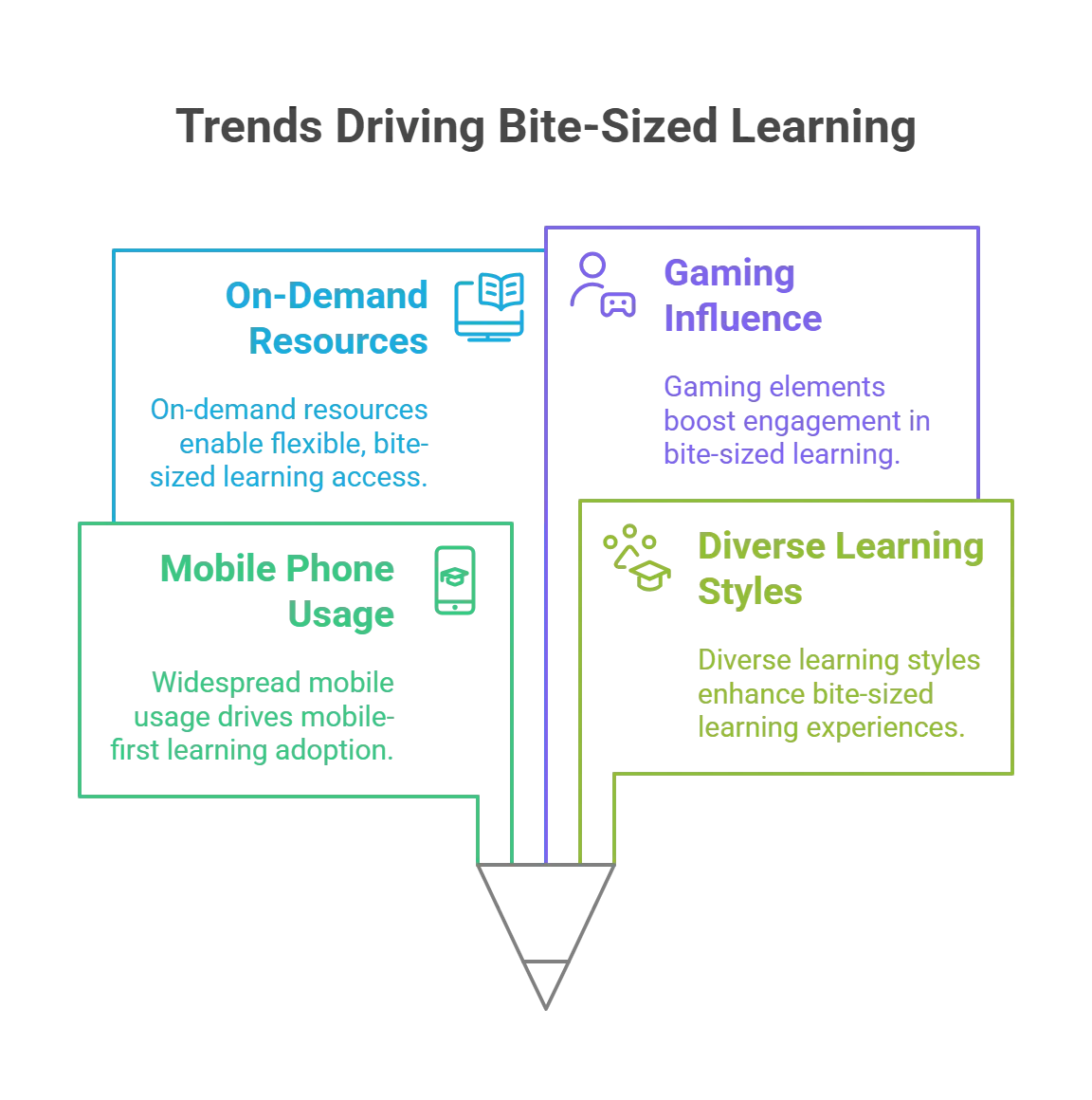
1. Increased Usage of Mobile Phones
As of January 2023, data reveals that the number of unique mobile users stood at 5.44 billion, which amounts to two-thirds of the global population.
As mobile phones and data become more affordable, more consumers will be able to access eLearning from their mobile phones. Hence, eLearning platforms must embrace mobile-first, bite-sized learning to reach more audiences.
2. Focus on Diverse Learning Styles
Today, there is more acceptance of learners who wish to learn in diverse ways. Not everyone is equipped to sit through lecture-based learning and learn through the written word.
Today, learners have access to video content, audio representations, eBooks, infographics, and other interactive learning styles. Creators of bite-sized learning are also leveraging technologies like augmented reality and virtual reality to build immersive experiences.
3. The Popularity of On-Demand Learning Resources
Learners today want to have access to libraries of on-demand learning resources. They want to learn flexibly, based on their schedules.
Bite-sized learning access empowers learners to log in for a brief amount of time during the day. For instance, they can listen to an audio presentation for 10 minutes on the way to work or watch a video on their smartphone while waiting for a doctor’s appointment.
4. Influence of the Gaming Lifestyle
Today, more and more consumers are engaged in online gaming. The culture of rewards, challenges, and leaderboards has seeped into eLearning. The gamification of bite-sized learning makes it a highly thrilling experience for learners. It triggers healthy competition and the motivation to keep learning.
Top 4 Benefits of Bite-Sized Learning
Let’s now look at the key advantages of delivering short bursts of learning content:
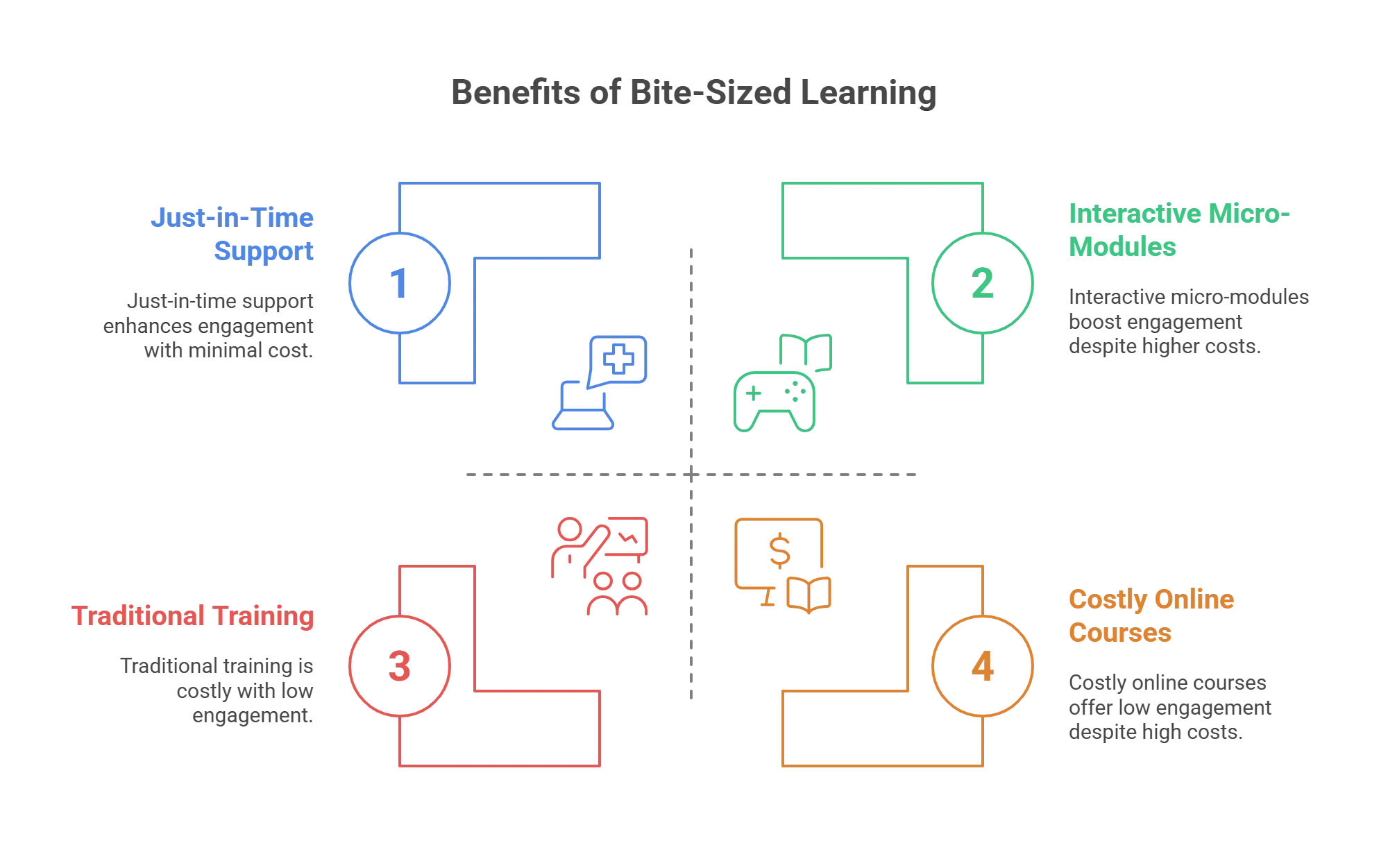
1. Offers Just-in-Time Support
Bite-sized learning is the perfect solution for busy professionals looking for just-in-time support. It allows them to learn a specific skill or concept in a short amount of time so that they can quickly apply what they’ve learned in the workplace.
Bite-sized learning is especially suited to the millennial workforce, who are used to learning in small chunks, on the go, and via technology. It is also an effective way to reinforce learning that has taken place in a longer training session.
2. Improves Engagement
Bite-sized learning is the perfect medicine for burnout, boredom, and exhaustion that students often experience with traditional classroom learning.
Since micro modules can be embedded with interactive elements like games, quizzes, simulations, and more, they keep learners hooked till the end.
Additionally, microlearning can be tailored to the individual needs and interests of each employee, which helps to keep them engaged.
3. Amplifies Productivity
Unlike traditional learning, bite-sized content doesn’t force students to sit through mountains of irrelevant information just to get to the key concepts.
Instead, they can access the most vital tidbits and use the remaining time to perform other job-related duties.
Therefore, microlearning helps them be more efficient and productive while allowing them opportunities to upskill in a relatively shorter time duration.
4. Saves Money
The cost of traditional training and education can be prohibitively expensive. Bite-sized learning is the perfect option for any business wanting to maximize its training budget.
According to research, bite-sized learning incurs 50% less cost and 300% less time compared to traditional courses. It also yields better results.
Now that you are familiar with the benefits of bite-sized content, let’s move on to its key use cases.
Top 6 Use Cases of Bite-Sized Learning
Bite-sized learning is quickly becoming the go-to learning method for busy professionals, and it’s easy to understand why!
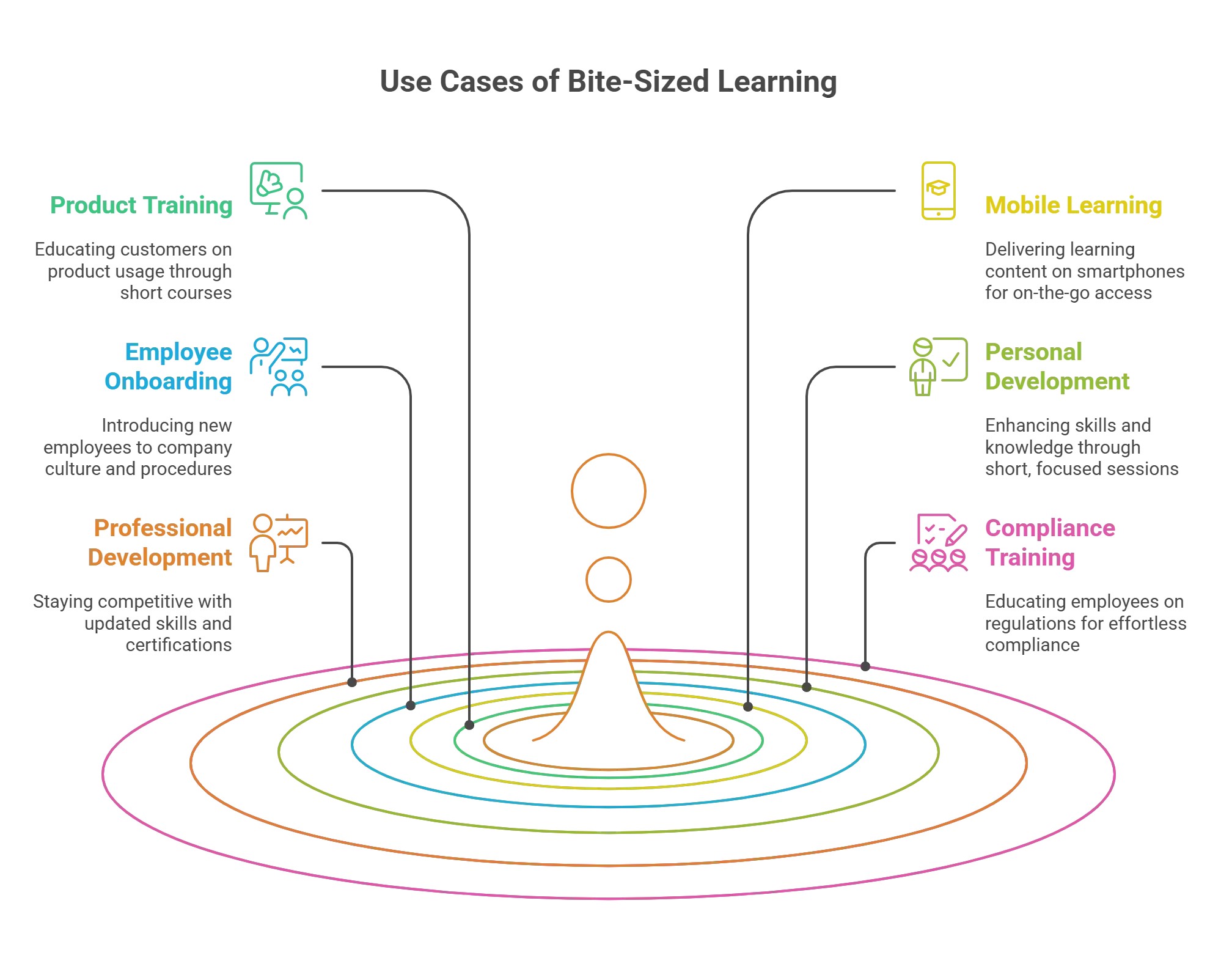
In this section, we’ll explore some of the top use cases of bite-sized learning:
1. Product Training
Bite-sized learning can be used to train customers on how to use a product. For instance, an online course that is broken down into small chunks can teach customers how to use a new software product or gadget.
Bite-sized content can also be used to educate customers about a company’s services. This can take the form of short videos, quizzes, or interactive activities that help customers become more familiar with a company’s offerings.
2. Mobile Learning
With the increase in smartphone use, bite-sized learning can be used to deliver learning content on the go.
Mobile learning apps can be used to offer bite-sized lessons, quizzes, or assessments that can be accessed from anywhere and at any time.
3. Onboarding New Employees
Bite-sized learning can be used during the onboarding process to introduce new employees to the company culture, policies, and procedures.
This helps to get them up to speed and improve their productivity quickly.
4. Personal Development
Bite-sized learning aids personal development, where learners can focus on a specific skill or topic in short bursts.
For instance, they can take short online courses or access bite-sized learning resources to improve their time management, communication skills, or leadership skills.
With bite-sized learning, learners can take short courses on their own schedule rather than attending large group sessions or seminars. This type of learning allows them to acquire skills and knowledge at their own pace and level of understanding.
5. Continuous Professional Development
Professionals can use bite-sized learning to enhance their skills and knowledge in their respective fields. They can take short courses on emerging technologies, trends, and practices, which will help them stay competitive in the job market.
Moreover, employees can leverage micro e-learning modules to gain certifications or qualifications, which may be necessary for furthering their careers.
This type of learning also allows professionals to quickly refresh their skills and stay up to date with the latest developments in their field.
6. Compliance Training
In today’s increasingly complex regulatory environment, delivering effective compliance training can be a challenge. Fortunately, bite-sized learning can provide a powerful solution that allows organizations to educate employees and remain compliant effortlessly.
Since bite-sized learning content is broken down into smaller pieces, it can be delivered more frequently so learners can stay up-to-date with the latest regulations.
Staying compliant also necessitates retaining knowledge, which is the USP (unique selling proposition) of bite-sized learning.
Conclusion
Bite-sized learning is becoming increasingly popular in the workplace, as it can be utilized in a variety of situations.
For example, it can be used to provide employees with a quick refresher on topics they may have forgotten or to introduce new topics that are too complex for a single training session.
Carefully evaluate your goals and learning objectives before you embark on a mission to incorporate microlearning in your organization.
Are you an educator or trainer looking for an innovative way to engage your students? Check out Hurix Digital, a top platform to host online courses, including bite-sized learning modules. Our design experts will work with you to tailor our solutions to your context in a hassle-free manner.
Reach out to us to learn more.

Senior Vice President
Julia brings over 20 years of global experience in digital learning and business strategy. She specializes in client success, enterprise learning solutions, and driving growth through innovation, with a focus on AI, VR, and emerging technologies across diverse industry verticals.

